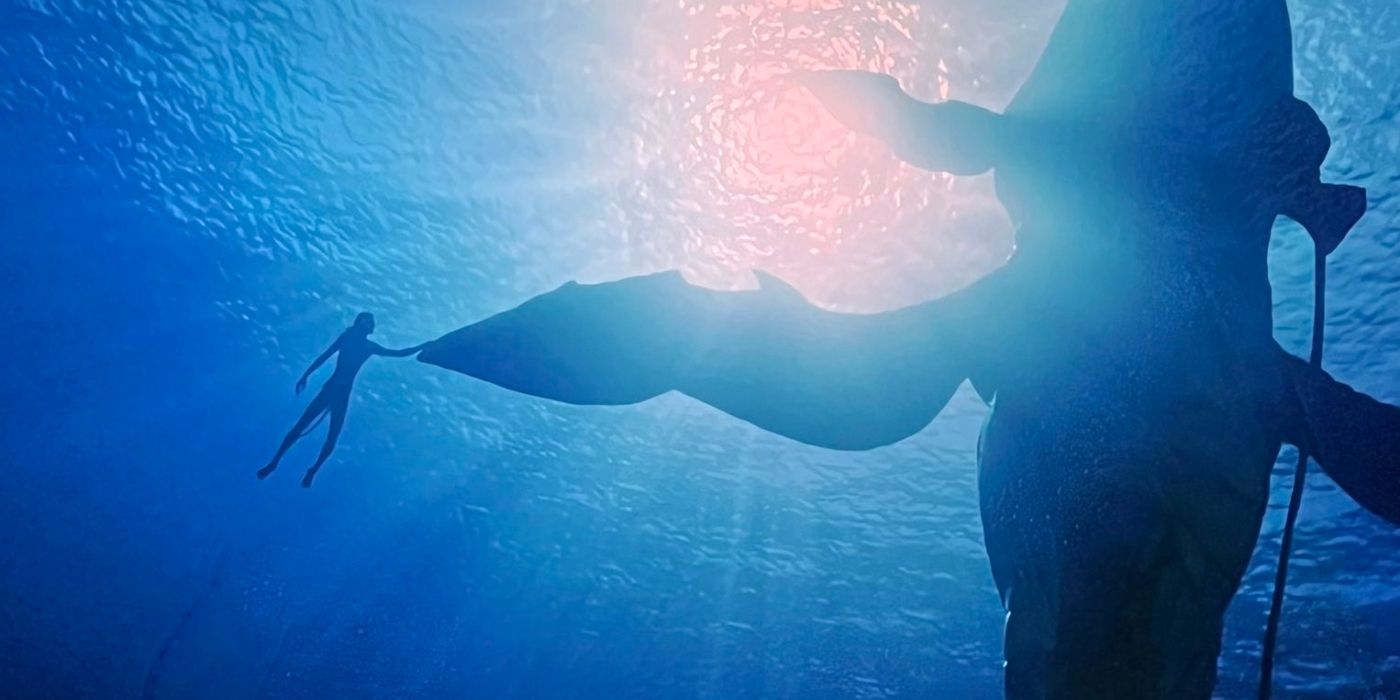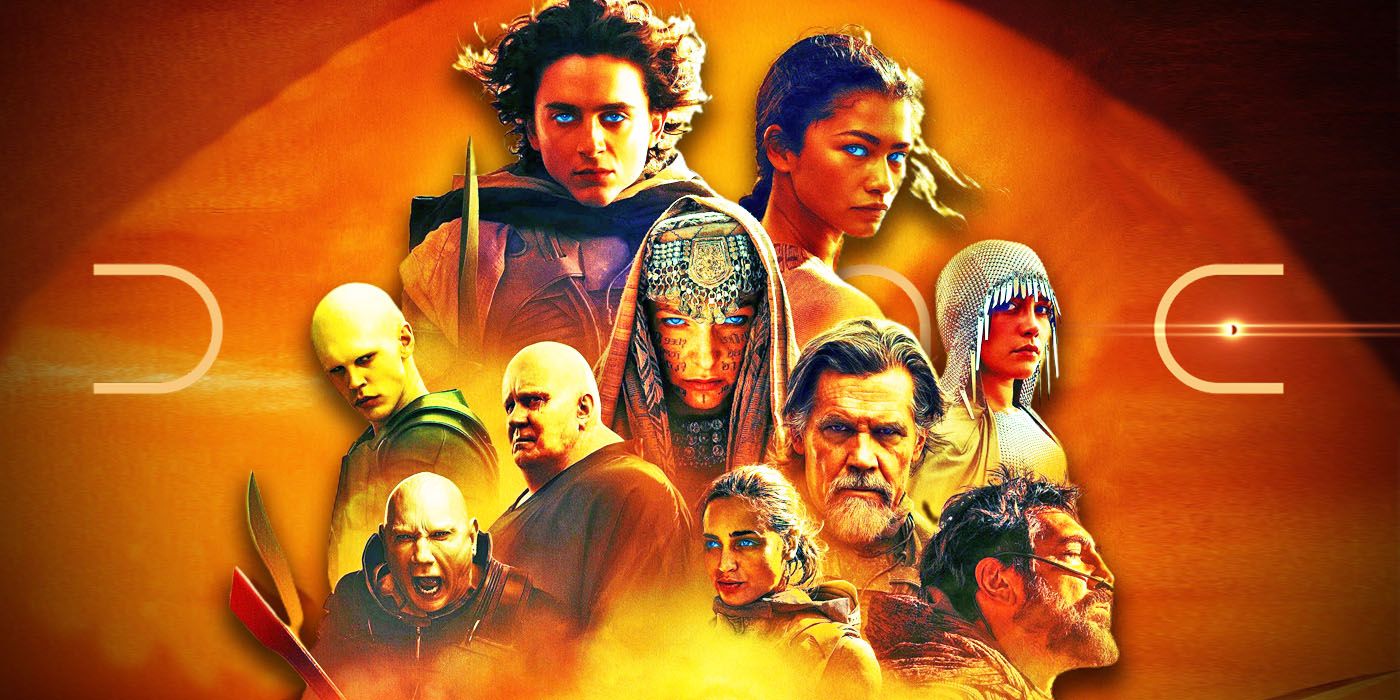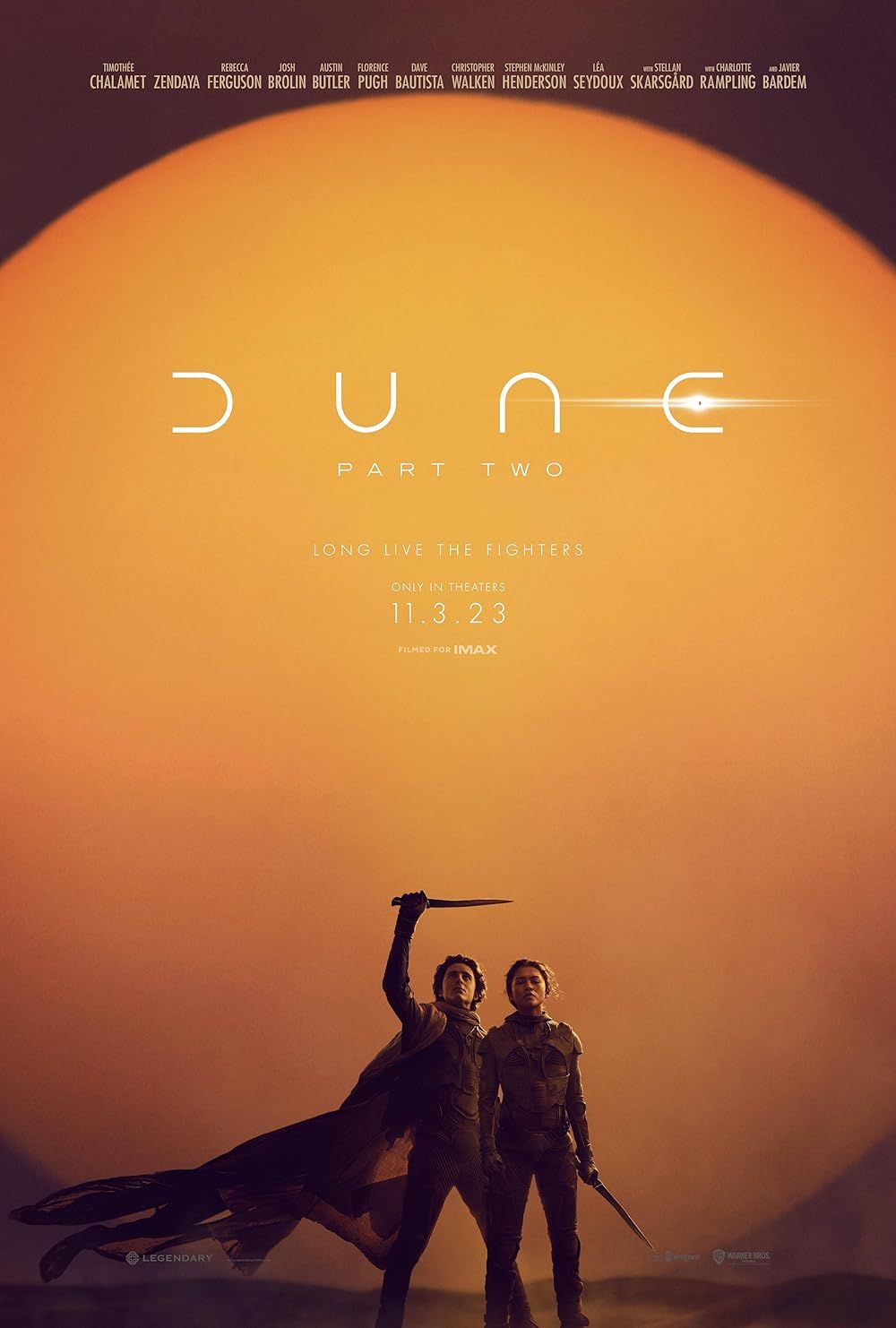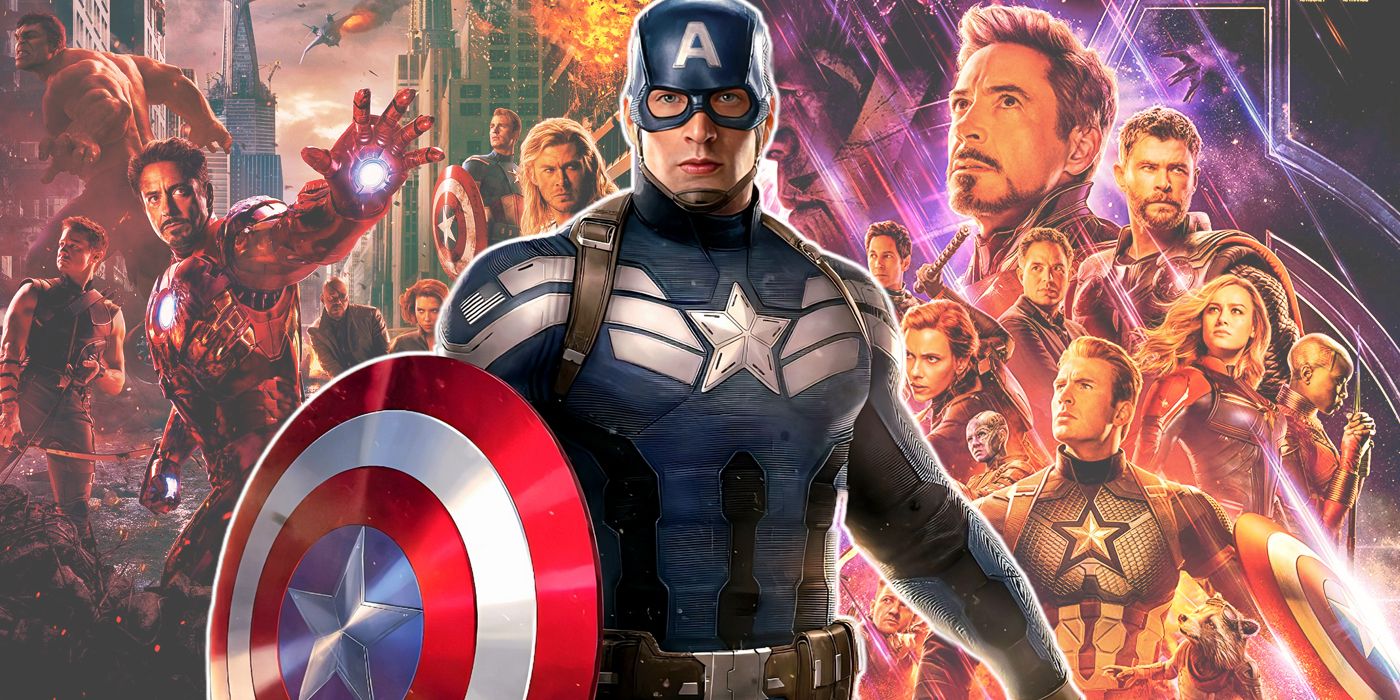Summary
- Superhero movies have inflated blockbuster budgets with reliance on CGI, ensemble casts, and extravagant marketing campaigns.
- Director Denis Villeneuve proves success can be achieved with modest budgets, focusing on visual immersion over dialogue.
- Dune: Part Two showcases how practical effects and visual realism can create a high-concept, immersive experience on a budget.
Since the earliest blockbuster movies, Hollywood has been forced to contend with a business that often requires big budgets to ensure high-quality films. With tent pole franchises like Star Wars, Marvel and DC, and Avatar, the expense of producing a great summer blockbuster has never been higher. However, some films show that studios can rake in the cash with relatively modest budgets — and still deliver on quality.
While the rise of the superhero genre has been a major contributor to inflated film budgets, they aren’t the only culprit. The reliance on CGI, ensemble casts, extravagant marketing campaigns and new technology can all become a headache for the major movie studios. Yet, some directors consistently demonstrate the ability to do more with less, and Dune: Part Two is a testament to this. In a surprising twist, a 2024 visually stunning blockbuster has eclipsed the quality of some films with budgets almost twice as high. In the world of some films costing $350 million to produce — let alone market — this film is an example of how Hollywood can better allocate its budgets.
How Superhero Movies Pushed Budgets Up

REVIEW: Aquaman and the Lost Kingdom
Despite being left at sea by Warner Bros, the Aquaman sequel is strong enough to stay afloat. Here’s CBR’s review.
|
Most Expensive Hollywood Flops |
Budget |
Box Office |
|
John Carter |
$265 Million |
$284 Million |
|
The Lone Ranger |
$225-250 Million |
$260 Million |
|
Solo: A Star Wars Story |
$250 Million |
$393 Million |
Filmmaking has always been an expensive endeavor, but the proliferation of superhero movies in the 21st century has undoubtedly pushed up the average blockbuster budget. In fact, even actors have lamented the reliance on special effects, and how they’ve been relegated to performing in front of a green screen for most of their filming. Rather than filming on location or on detailed sets, actors will film even relatively mundane sequences in front of a green screen, just to ensure cohesion between shots. As these movies started to shift from solo adventures to big, ensemble casts, budgets went even higher, culminating in the estimated $356-400 million expense of Avengers: Endgame, plus $200 million in marketing costs. For comparison, the original Star Wars cost a mere $56 million in inflation-adjusted dollars.
Even superhero films that avoided CGI, like The Dark Knight, still ate up production costs to the tune of $180 million, showing that while minimizing CGI can cut budgets, the difference isn’t always big. In their defense, if any genre calls for big budgets, it’s superhero films, which blend fantasy and science fiction — both of which are known for big budgets. However, as these productions have started to see mixed returns at the box office, Hollywood has been forced to re-evaluate just how much it relies on the genre. Ultimately, the number of releases a studio aims for every year is relatively limited, to ensure these studios don’t end up effectively competing with themselves. Sometimes, it’s better to release two highly-anticipated summer blockbusters that make bank than it is to overspend on numerous films that rake in modest figures.
Other franchises, like Fast and the Furious, Jurassic World and Indiana Jones, have released to mixed results. Where Indiana Jones and the Dial of Destiny became one of the biggest modern box office flops, Jurassic World failed to impress fans of the franchise. Likewise, The Fast and the Furious, although appealing to action fans, has never been a critical hit, and even alienated its core fans when it changed from being a mid-budget racing franchise to an expensive action one. Too many modern franchises overspend on their attempts to visually woo audiences, and they forget the importance of immersion and character-driven stories.
Dune Shows More Is Less

REVIEW: Avatar: The Way of Water’s Visual Effects Outshine Its Story
Avatar: The Way of Water suffers from the same flaws as the prior film but improves on the visuals and offers a more interesting storyline.
|
Dennis Villeneuve Movies |
Budget |
Box Office |
|
Prisoners |
$46 Million |
$122 Million |
|
Arrival |
$47 Million |
$203 Million |
|
Sicario |
$30 Million |
$85 Million |
Denis Villeneuve’s career has shown the director’s ability to make do with lower budgets than his peers, like Christopher Nolan and James Cameron. Where Villeneuve’s productions are relatively modest, having never worked with a budget over $200 million, Cameron’s Avatar movies are the most expensive sci-fi productions in history. Both are successful, but the modest budgets of the Dune films show that moderate spending can bring more bang for its buck to Hollywood. It’s particularly impressive considering the emphasis the French-Canadian filmmaker places on visual effects, with his productions looking better than MCU movies, despite those being more expensive films.
Dune utilizes a combination of set pieces, CGI, sandscreens and models to create as immersive and realistic a film as possible. Yet, some major movies will resort to CGI even when practical effects would be feasible, such as trading make-up and prosthetics for animating a character outright. Unfortunately, the more complex the design being animated is, the less realistic it can sometimes appear, with some films being forced into a more all-or-nothing approach to maintain cohesion. Dune struck a brilliant mixture between realism and animation, resorting to the latter for the high-concept scenes, and using sets for the more muted scenes.
Dune is, ultimately, a character-driven story, that follows Paul Atreides on his journey from a young aristocrat to an almost heroic religious figure, who embraces his destiny as Muad’Dib. With a desert setting, unique vehicles, giant worms and epic battles, the movie called for a lot of high-concept fantasy/sci-fi work. After the worlds of Gideon Prime and Arrakis are firmly cemented as alien planets, the natural desert setting allows for a cheaper, on-location approach to film-making. Coupled with physical sets and relatively simple CGI, the franchise had all the necessary ingredients for an affordable success.
Dune Shows How Less Can Be More

REVIEW: Dune: Part Two is the Complicated Sci-Fi Savior That We Need
Denis Villeneuve’s Dune: Part Two is a huge step forward for the series and one of the most bold examples of large-scale sci-fi storytelling.
The success of Dune, whether at the box office, through visual spectacle or fan and critical praise, stands out as a diamond in the rough for modern big-budget Hollywood productions. While the film does utilize CGI, it isn’t anywhere near as bloated or obvious as the standard DCU or MCU projects. In superhero franchises, it’s not uncommon for actors to even have their costumes animated, with the 2011 Green Lantern movie standing out as an example of what not to do. The more productions lean into practical effects, the more realistic their films are, and that does earn praise and attention from fans. Rather than play with CGI like a new toy, filmmakers like Villeneuve avoid it wherever possible, something that is a proven success for both him and Christopher Nolan.
Villeneuve’s Dune duology delivered audiences an experience that showed that modest budgets can, in fact, deliver high-concept, detailed and immersive experiences. From epic battles and Ornithopter flight sequences to giant sandworms and distant planets, the film is a masterclass in world-building and special effects. Yet, costing less than $400 million for two movies combined, Villeneuve has pulled off what even some modest superhero movies fail to achieve: Success with less. In the face of superhero movies flopping on $200 million budgets, Dune’s success is something to emulate. Unfortunately, as more blockbusters soak up more money, some studios cut down on their experimental, low and moderate-budget projects — and that only hurts the industry.
Hollywood thrives best when it has a diversity of productions, and that’s as true in genre diversity as it is in the range of budgets. The unexpected success stories of films like American Pie, Bring It On and John Wick shows that movies don’t need outrageous budgets to make healthy profits. Despite having a story that calls for far more grandeur than the average superhero movie, Dune managed to become a roaring success for a franchise on a budget below The Marvels or The Eternals. Villeneuve’s attention to detail and mixture of effects gave viewers something better and more epic than the big franchises — for notably cheaper.
Hollywood’s Best Successes Are Made On Modest Budgets

REVIEW: Barbie is Campy, Colorful, and Delightfully Charming
Greta Gerwig’s Barbie delivers on the sweetness, satire, and fun performances of its main cast as Mattel’s beloved, yet controversial doll lineup.
|
2024 Hollywood Success |
Budget |
Box Office |
|
Barbie |
$128-145 Million |
$1.45 Billion |
|
Oppenheimer |
$100 Million |
$964 Million |
|
Godzilla Minus One |
$11 Million |
$112 Million |
The 2020s have seen several success stories that made do with modest budgets, notably Oppenheimer and Barbie. All three movies were either low or mid-budget productions, and all three fell within the billion-dollar range at the box office. This same success was repeated with Godzilla Minus One, which transformed a mere $10 million budget into $100 million revenue. By contrast, James Cameron’s Avatar: The Way of Water was so expensive that it required a $2 billion box office to be considered a success. In this sense, big-budget movies don’t deliver the return on investment that they could, and some are beginning to see a decline in popularity. A focus on characters and realistic effects will always win over fans better than over-reliance on CGI.
Despite what can be achieved through CGI, the reality is more often than not it simply isn’t necessary. On-location filming, detailed models and hand-crafted costumes can deliver something superior to CGI at a fraction of the cost. In the hands of people like Villeneuve, movies don’t have to cross a billion dollars at the box office to be a success, yet can still feel epic all the same. The director’s success with lower budgets is particularly impressive considering his comments on his commitment to visual immersion over dialogue. His focus on visual realism and immersion is evident throughout his career, from Arrival and Blade Runner 2049 to Dune and Sicario — all of which are a testament to what can be done with modest budgets.

Dune: Part Two
Paul Atreides unites with Chani and the Fremen while seeking revenge against the conspirators who destroyed his family.
- Director
- Denis Villeneuve
- Release Date
- February 28, 2024
- Cast
- Timothee Chalamet , Zendaya , Florence Pugh , Austin Butler , Christopher Walken , Rebecca Ferguson
- Writers
- Denis Villeneuve , Jon Spaihts , Frank Herbert
- Runtime
- 2 hours 46 minutes
- Main Genre
- Sci-Fi
- Production Company
- Legendary Entertainment, Warner Bros. Entertainment, Villeneuve Films, Warner Bros.











